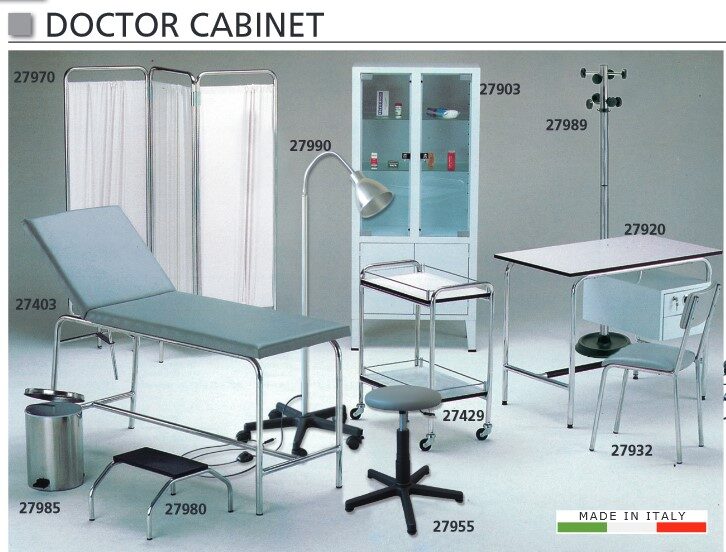SCREEN TEST CRYPTOSPORIDIUM, 10 gab.
Samaksas kārtība (priekšapmaksa/pēcapmaksa): https://www.zeimans.lv/noteikumi/
Iegādājoties preces vairumā, cenas tiek atrunātas ar katru klientu atsevišķi
Cena norādīta ar PVN
Bezmaksas piegāde.
The Cryptosporidium Rapid Cassette Test (faeces) is a rapid
chromatographic immunoassay for the qualitative detection of
Cryptosporidium antigens in human faeces. Cryptosporidiosis is a
diarrheal disease caused by microscopic parasites of the genus
Cryptosporidium. Once an animal or a person is infected with it, the
parasite lives in the intestine and passes in the feces. The parasite is
protected by an external shell that allows it to survive outside the
body for long periods of time and which makes it very resistant to
chlorine-based disinfectants. Both the disease and the parasite are
commonly known as “Crypto”. The disease can be contracted through the
ingestion of contaminated water or with the cough of an infected
individual. It can spread via the fecal-oral route like other
gastrointestinal pathogens. Cryptosporidiosis is a diarrheal disease
caused by microscopic parasites of the genus Cryptosporidium. Once an
animal or person is infected with it, the parasite lives in the
intestines and passes in the feces. The parasite is protected by an
outer shell that allows it to survive outside the body for long periods
of time and which makes it very resistant to chlorine-based
disinfectants. Both the disease and the parasite are commonly known as
“Crypto”. The disease can be contracted through the ingestion of
contaminated water or from the cough of an infected individual. It can
spread via the fecal oral route like other gastrointestinal pathogens.
The Cryptosporidium Antigen Rapid Cassette Test is a qualitative lateral
flow immunoassay for the detection of Cryptosporidium antigens in human
faeces. The membrane is pre-coated with monoclonal antibodies against
Cryptosporidium antigens in the test line area. During the test,
Cryptosporidium antigens, if present in the sample, bind to
anti-Cryptosporidium antibody conjugated particles previously dried in
the test. The mixture migrates upward on the membrane by capillary
action. In case of a positive result, the specific antibodies present on
the membrane will react with the conjugate-antigen complex and will
generate a colored line in the test line area (T). A red line should
always appear in the control zone as an internal control for reagents to
verify that sufficient sample volume has been added and adequate flow
is achieved.
Pirkumu grozs
Pirkumu grozs ir tukšs.


